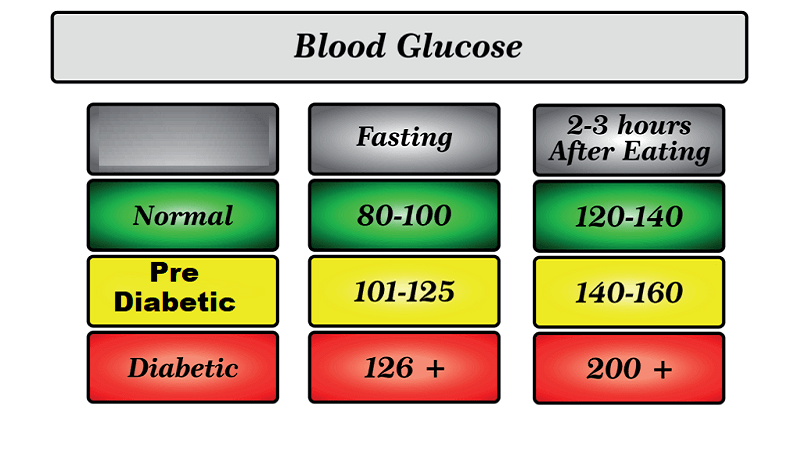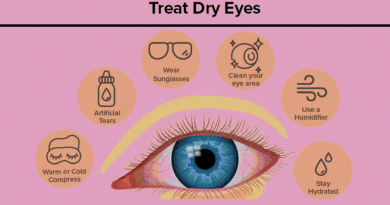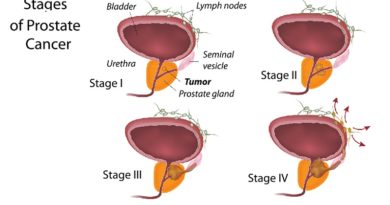Diabetes Types, symptoms, complications and management
Diabetes is a metabolic disorder characterized by high sugar levels for long periods, where patients experience frequent urination, excessive thirst or hunger, and weight changes. It is caused by inadequate production of insulin, or insulin resistance. It can be managed by lifestyle changes , medication and insulin. Diabetes is recognized as the world’s fastest growing chronic condition.
Contents:
- Signs and symptoms
- Causes
- Diagnosis
- Management
- Sources
Signs and symptoms of Diabetes
- Frequent urination
- Always thirsty
- Always very hungry
- Lose of weight
- blurry vision
- numb or tingling hands or feet
- Easily getting very tired
- very dry skin
- Wounds don’t heal
- More infections than usual
Symptoms of different types of diabetes are different , also different between men an women. If not managed properly , the patient may suffer from one or more of diabetes complications, some of which are serious. Complications include the following:
- Heart disease , Stroke
- Kidney disease
- Diabetic Ketoacidosis (DKA) which is a serious condition
- Eye damage( Diabetic Retinopathy)
- Nerve damage
- Foot Problems
- Nerve Damage (Peripheral neuropathy)
- Gum and dental Disease
- Erectile dysfunction ( in men)
Types and Causes of Diabetes
- Type 1
– Exact cause of this condition is not known.
– Maybe Caused by autoimmune disorder that leads to destruction of pancreatic islet cells. Failure of pancreas to produce enough insulin or no insulin will cause high blood glucose.
– Other cause include genetic and pancreatic diseases. - Type 2 : (The most common type , about 85% of people with diabetes.
– Caused by insufficient insulin production or resistance to insulin , That leads to higher blood sugar above normal levels.
– Cells cannot absorb glucose and convert it into energy as a result of this resistance.
– Cause include Excess abdominal , genetics and unhealthy lifestyle.
– There are some risk factor like: Obesity ,Sedentary lifestyle , Family history (genetic) , Aging (people above the age of 45 years are at higher risk) , Prediabetes. - Gestational Diabetes
– A condition where some pregnant women develop diabetes (high blood sugar).
– Various causes might result in the condition, like Hormonal changes during pregnancy and Over weight before the pregnanay may also cause gestational diabetes. - Diabetes insipidus
– It results from an water imbalance in the body.
– It is caused by a deficiency of anti-diuretic hormone (ADH) , which regulates the amount of fluid in the body.
– Causes of (ADH) deficiency include: Damaged or injured pituitary gland or hypothalamus , Tumor or infection of the pituitary gland , Genetic disorder , Kidney problems such as chronic Kidney disease and some drugs like antiviral medications.
Diagnosis
Diagnosis of the condition is done only by testing in a medical laboratory to measure glucose level. To confirm that the patient is diabetic the test must be repeated in another day.
What are the blood tests to diagnose diabetes?
- FBS (Fasting Blood Sugar/Fasting Blood Glucose) : This is the most commonly used test for to diagnosis , where the blood glucose level is measured while fasting. Patient need to fast for 8-10 hours. Patient must not eat or drink (except water) for 8-10 hours before the test. The easiest way is to be done in the morning, before breakfast.
– The patient is diabetic if his fasting blood glucose is 126 mg/dl or more. - A1C test: It measures the average blood glucose levels for the past three months. This test give better information about your glucose status. Also it does not require fasting.
– Diabetes is diagnosed at an A1C is to 6.5% or higher - OGTT (Oral Glucose Tolerance Test) : This test is done before and after you drink a sugar drink , showing sugar is processed by the body.
– Diabetes is diagnosed at two-hour blood glucose level is 200 mg/dl or higher.
You are considered Diabetic if the tests show the following:
| TEST | RESULT | ||
| FBS | = 126 mg/dl or higher | ||
| A1C | = 6.4% or higher | ||
| OGTT | = 200 mg/dl or higher |
When do Tests tell your are normal?
You are considered normal if the tests show the following:
| TEST | RESULT | ||
| FBS | = Below 100 mg/dl | ||
| A1C | = Below 5.7% | ||
| OGTT | = Below 140 mg/dl |
What is prediabetic State?
It is the condition where the tests are higher than normal , but still below the diabetic levels. Usually patients before being diabetics pass through the prediabetic stage , and usually they show none specific symptoms or no symptoms. If you are prediabetic , you need to observe your food and life style. Also you have to do the tests every 1-2 years. You are considered prediabetic if the tests show the following:
| TEST | RESULT | ||
| FBS | Between 100 and 126 mg/dl | ||
| A1C | Between 5.7% and 6.4% | ||
| OGTT | Between 140 mg/dl and 200 mg/dl |

Management of Diabetes
Diabetes is not an easy condition to keep under control. Aside from keeping blood glucose levels within accepted levels , managing the condition should also include controlling your blood pressure , cholesterol levels , maintaining weight and dealing with the emotional stress.
You need to make combination of two methods to handle the disease effectively , as following:
- Life style: You have to make changes to your lifestyle that will help control your condition. This is the first step , patient must start with , even before medications.
– Healthy eating is very important for every one to stay healthy , and even more important for diabetics. You need to learn 2 things about your food: what food types are good for you and how much you have to eat.
– Proper exercise which is as important as healthy food. - Medications: When diet and exercise alone aren’t sufficient for managing diabetes , then you need to take some drugs to lower your blood glucose levels , like insulin and and other diabetes medications.
– Insulin , (which is given by injection ) , is the most common type of medication used in type 1 diabetes treatment. Also it is used for type 2 diabetes.
– Type 2 medications:
* Alpha-glucosidase inhibitors : acarbose (Precose) , miglitol (Glyset)
* Biguanides : Of which the most common is metformin.
* Other drugs
Sources:
– https://www.cdc.gov/
– https://www.diabetes.org.uk/guide-to-diabetes/complications
– https://www.diabetesaustralia.com.au/
– https://diabetes.org/
– https://www.diabetes.co.uk/managing-diabetes.html
Discover more from Helal Medical Manila
Subscribe to get the latest posts sent to your email.




